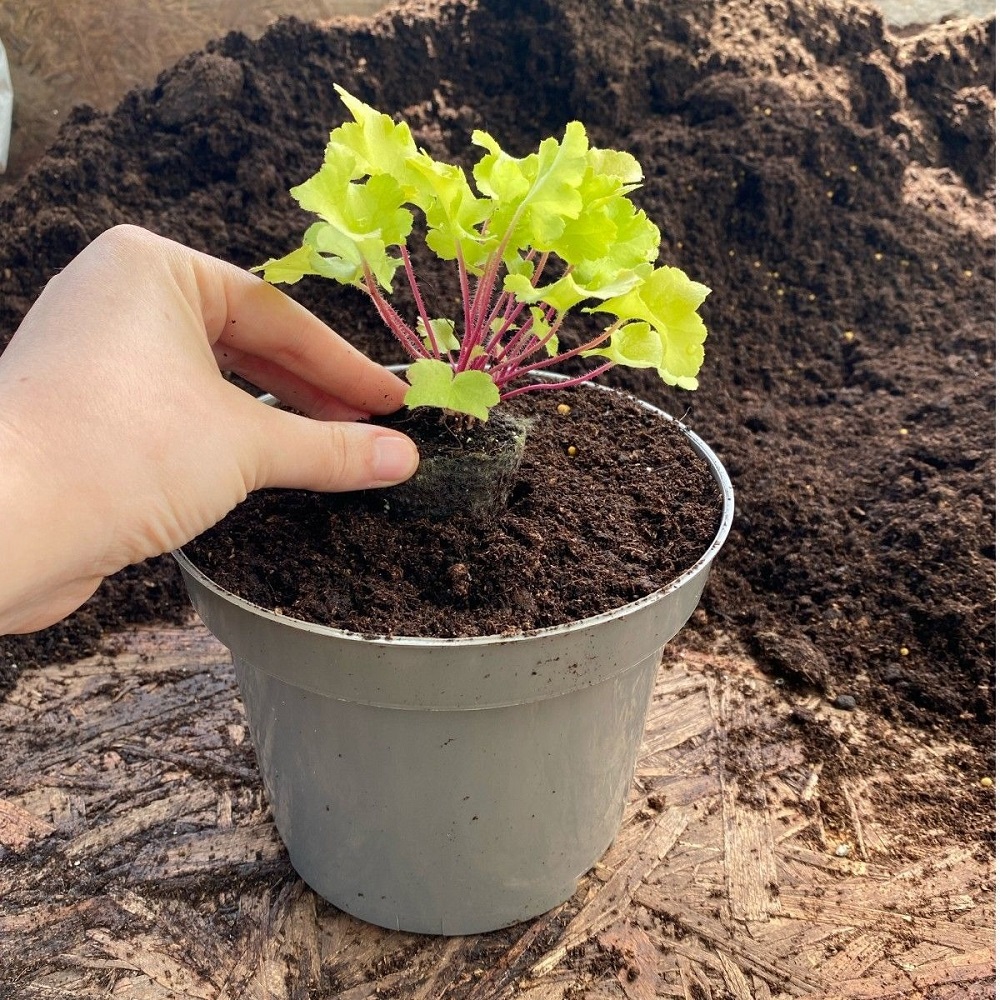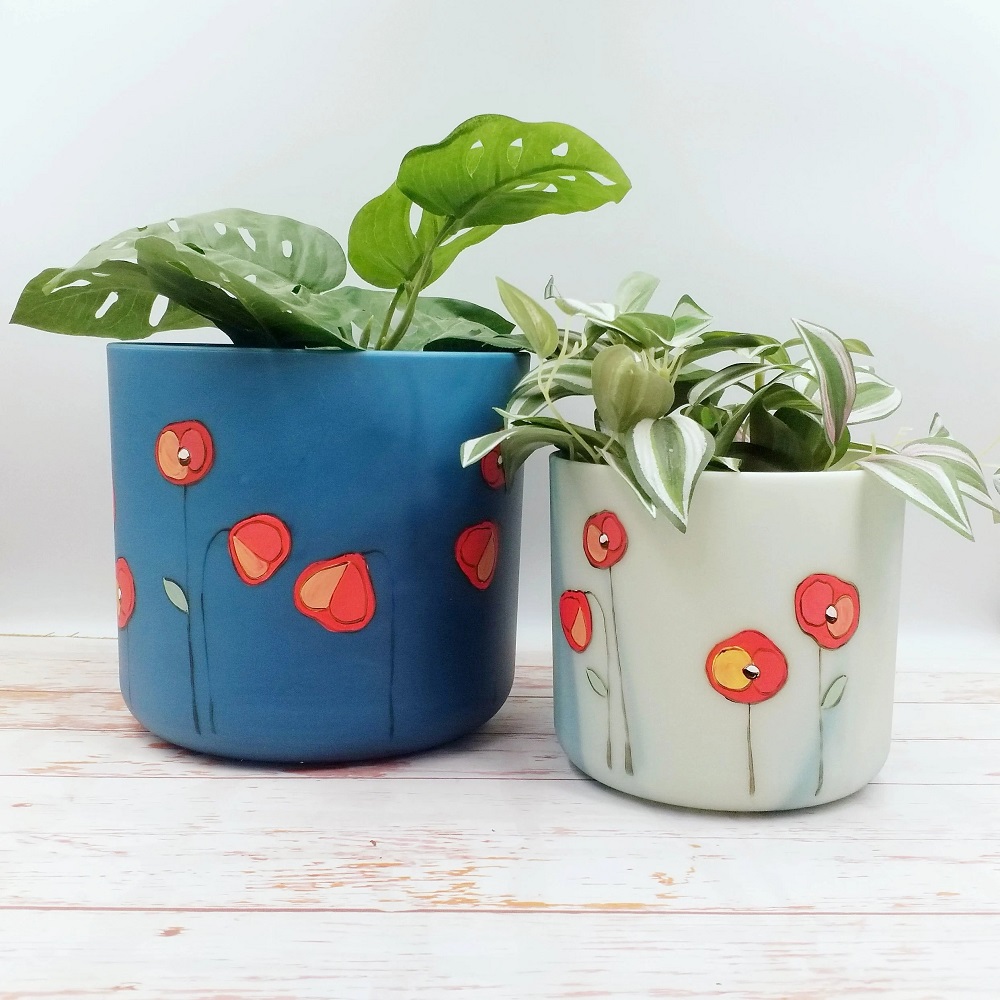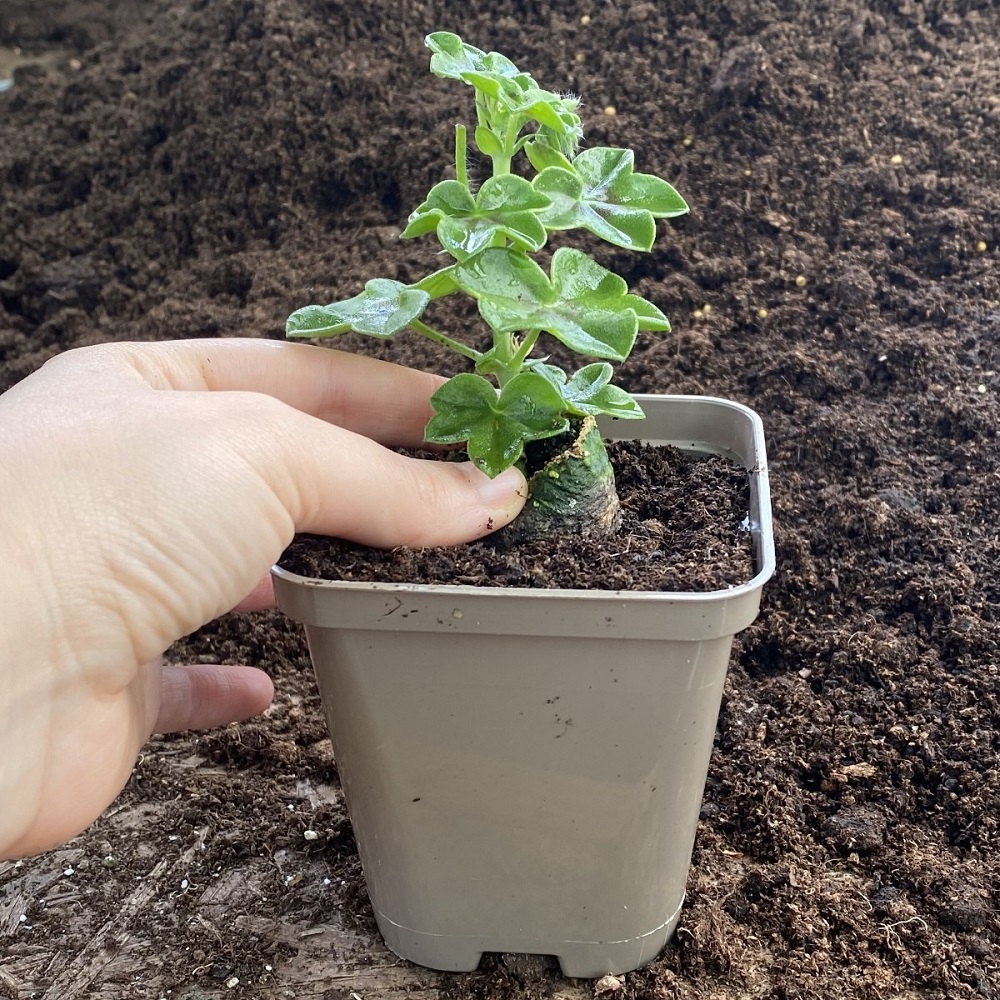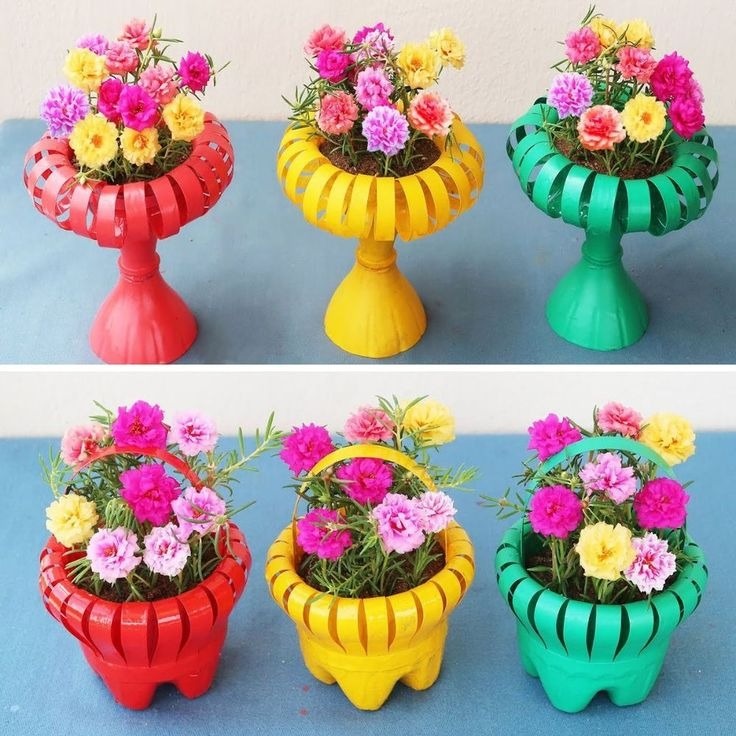Introduction to Plastic Flower Pot Recycling
Recycling plastic flower pots is crucial for environmental sustainability. These pots, often discarded after plant replacement, contribute significantly to plastic waste. However, most of these pots are made from recyclable materials. With proper knowledge and action, gardeners can reduce their environmental impact by recycling or upcycling these plastic pots.
Understanding the types of plastics and local recycling regulations helps in proper disposal. This guide will explore the types of plastics used in flower pots, how to prepare them for recycling, and the upcycling opportunities they present. It will also discuss the challenges faced by municipal recycling programs and suggest ways to advocate for better recycling practices.
Types of Plastics Used in Flower Pots
When choosing flower pots, it’s good to know what materials they’re made from. Most of these pots use recyclable plastics. This section will look at the main types of plastics.
Polypropylene #5 (PP #5)
PP #5, or polypropylene, is common in garden pots. It’s a rigid plastic but flexible enough for pot shapes. PP #5 can often go into recycling bins after use. Before recycling, remove soil and rinse the pots.
Polyethylene #2 (PE #2)
PE #2, or polyethylene, is another plastic used in pots. It’s tougher and used for durable containers. Your local recycling service may take PE #2. Check their guidelines to be sure.
Polystyrene #6 (PS #6)
PS #6, or polystyrene, is less common but still used. It’s often not accepted in curbside recycling. It’s best to find facilities that can process it or consider reuse options. Clear labels from pots before recycling.
In all cases, clean your pots. Soil and plant residue can contaminate recycling. Wash them out and dry them before putting them in the recycle bin. Knowing these types helps you dispose of pots responsibly. It also shows how you can help reduce waste. Are your plastic flower pots recyclable? The answer is yes, with proper care and knowledge.

Cleaning and Preparing Flower Pots for Recycling
Preparing your plastic flower pots for recycling is simple but crucial. Here’s how to do it:
- Empty the Pots: Make sure all soil is removed. Soil can contaminate other recyclables during processing.
- Clean Thoroughly: Use water and a mild detergent to wash the pots. Remove all residues.
- Dry Completely: Before recycling, ensure pots are completely dry. This prevents mold in recycling bins.
- Check for Labels: Remove any plant labels or stickers. They can hinder the recycling process.
- Sort by Type: If possible, sort pots by the type of plastic. This helps with more efficient recycling.
These steps help ensure your flower pots are ready for the recycling process. They also improve the quality of recycled material produced. Are your pots ready for the recycling bin? With these tips, they will be.
Upcycling and Reuse Options for Plastic Pots
Upcycling plastic pots can be creative and eco-friendly. Think beyond recycling and give old pots new life. Here are easy ways to upcycle and reuse your garden pots:
- Plant Markers: Cut cleaned plastic pots into strips to make markers for your garden beds.
- Storage Containers: Use larger pots to store garden tools, gloves, or small supplies.
- Seed Starters: Start your seeds in small pots before transplanting them into the garden.
- Arts and Crafts: Get crafty and paint or decorate pots to create unique home decor.
- Drainage Material: Break up pieces of plastic pots to use as drainage in other pots.
- Organizers: Sort anything from office supplies to kitchen utensils by repurposing pots.
Upcycling not only reduces waste but also sparks creativity. It’s a win-win for gardeners and the environment. Have other upcycling ideas? Share them below!
Municipal Recycling Programs and Limitations
Recycling programs vary by location, so the ability to recycle plastic flower pots depends on local policies. Many municipal programs now accept types of plastics found in flower pots, but others may lag behind. This section covers the intricacies of recycling facilities and the limitations you may encounter.
Recycling Facilities Accepting Flower Pots
Many recycling facilities have started to accept plastic flower pots for recycling. Check with your local recycling service to confirm if they take polypropylene #5, polyethylene #2, or polystyrene #6. Cleanliness is key; make sure the pots are free of soil and residues. Clear pots of all labels. This helps ensure a smooth recycling process. If your area accepts these plastics, recycling your flower pots is straightforward.
Locations with Limited Recycling Options
Some areas have fewer options for recycling plastic flower pots. In these regions, your local recycling may not accept #5, #2, or #6 plastics. Look for special recycling events or drop-off locations that might take these materials. Another option is to check with garden centers. They may take back pots to reuse or recycle. If you find your options limited, consider upcycling at home or in the community. Creative reuse can prevent pots from ending up in landfills.

Writing to Companies: Advocacy for Recycling Programs
Engaging with companies can drive better recycling for plastic flower pots. Here’s how gardeners can advocate:
- Send Inquiries: Reach out to companies asking about their recycling practices. Ask if they can recycle flower pots.
- Suggest Solutions: Offer ideas for take-back programs. Share thoughts on using eco-friendly materials.
- Raise Awareness: Discuss the importance of recyclability on social media. Public interest can pressure change.
- Collaborate: Unite with local gardening groups. Collective voices are stronger in requesting recycling options.
- Compliment Efforts: Praise companies that have good practices. Positive reinforcement encourages more action.
Remember, each time gardeners question, ‘are plastic flower pots recyclable,’ they can make a difference. By writing to plant product manufacturers and retailers, the push for sustainable solutions becomes stronger.
Innovative Upcycling Ideas for Gardeners
Gardeners can transform old plastic flower pots into useful and creative items. Here are some innovative upcycling ideas:
- Garden Art: Paint pots in bright colors or patterns. Use them to add a pop of color to your garden.
- Bird Feeders: Cut pots into halves and fill them with bird seeds. Hang them in your garden.
- Mini Greenhouses: Turn larger pots upside down to cover delicate seedlings. They protect from harsh weather.
- Organizers: Use clean pots to hold small gardening tools, seeds, or hose attachments.
- Water Conservation: Fill a pot with sand and place it in a larger planter. It reduces the water needed by creating a reservoir.
These ideas not only reuse old pots but also enhance your garden’s functionality and aesthetics. Be creative and think of how best you can adapt these ideas to your gardening needs.
Eco-Friendly Alternatives to Plastic Flower Pots
While plastic flower pots are convenient and widely available, they pose significant environmental challenges. Fortunately, there are several eco-friendly alternatives that gardeners can use to reduce their plastic footprint:
Biodegradable Pots:
- Peat Pots: Made from compressed peat moss, these pots can be planted directly into the soil, where they will decompose over time.
- Coconut Coir Pots: Derived from coconut fibers, these pots are biodegradable and provide excellent drainage and aeration.
Reusable Pots:
- Terracotta Pots: Durable and long-lasting, terracotta pots are a classic choice that can be reused for many years.
- Metal Pots: Stainless steel or galvanized metal pots are sturdy and can withstand outdoor conditions, making them a good investment.
DIY Pots:
- Cardboard Pots: Use cardboard boxes or toilet paper rolls to create temporary pots for seedlings. They can be planted directly into the ground.
- Newspaper Pots: Roll newspaper into cylindrical shapes and secure with tape to make biodegradable pots for starting seeds.

Conclusion and Call-to-Action for Gardeners
As gardeners, our choices make a big impact on the environment. Opting to recycle or upcycle plastic flower pots is a step towards sustainability. Each action we take encourages recycling practices and reduces landfill waste.
Take Action:
- Check Local Guidelines: Understand which plastics your community recycles.
- Properly Prepare Pots: Clean and sort pots before recycling.
- Get Creative with Upcycling: Transform old pots into useful or decorative items.
- Engage with Manufacturers: Advocate for better recycling options and sustainable practices.
- Stay Informed: Keep up with local recycling updates and opportunities.
Your efforts in recycling and upcycling contribute to a larger cause of environmental protection. Keep making informed choices and inspire others to do the same. Let’s keep our gardening habits as green as our gardens!
